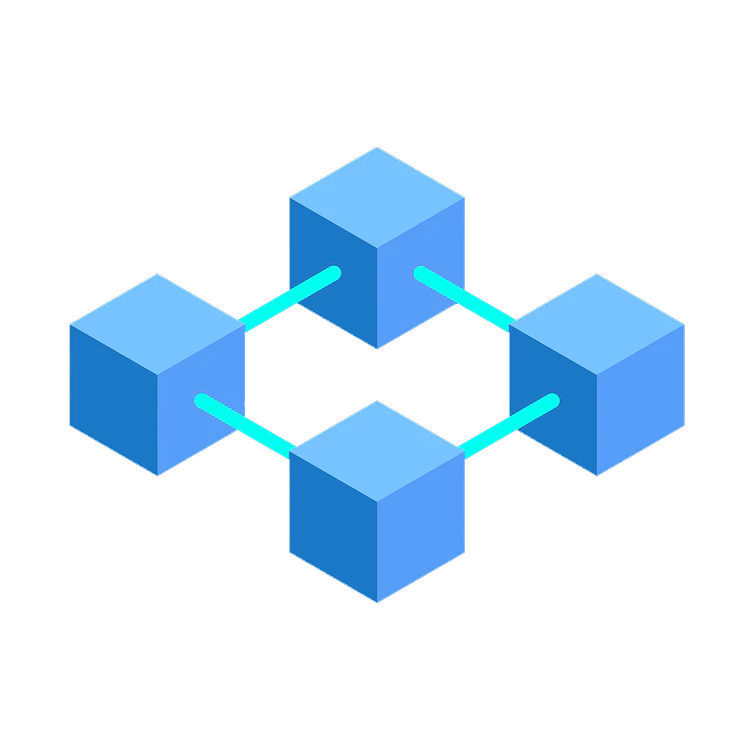About Deepfake
Our goal is to detect the Deepfake and protect it

Deepfake
Deepfakes have become a hot topic, blurring the lines between reality and fabrication. But how exactly do these manipulated videos come to life? This article unveils the secrets behind deepfakes, offering accessible explanations for both the curious beginner and the tech-savvy enthusiast.
Deepfakes leverage the power of Generative Adversarial Networks (GANs). This AI framework pits two neural networks against each other:
- The Generator: This network is a master forger, churning out realistic-looking fake videos.
- The Discriminator: Acting as a detective, it analyzes the generated videos and tries to distinguish them from real ones.
Through this continuous game of one-upmanship, the generator gets progressively better at creating convincing deepfakes, while the discriminator hones its skills in spotting fakery.

3 Main types of Deepfakes
Deepfakes are a type of artificial intelligence (AI) that can be used to create realistic-looking videos or images of people doing or saying things they never did or said.
Face swaps
This is the most common type of deepfake, where the face of one person is superimposed onto the body of another person. This can be used to make it look like someone is saying or doing something they never d
Voice synthesis
This type of deepfake can be used to create realistic-sounding audio recordings of someone’s voice. This can be used to create fake news stories or to impersonate someone for fraudulent purposes
Text generation
This type of deepfake can be used to create fake news articles or social media posts. It can also be used to create spam or phishing emails.
How are DeepFakes detected
It is becoming increasingly difficult. According to a recent study published in Proceedings of the National Academy of Sciences USA, “synthetically generated faces are not only photo-realistic, they are almost indistinguishable from the real thing and are considered more reliable”.
Detecting deepfakes has indeed become increasingly challenging as the technology behind them continues to advance. However, there are still methods and cues we can use to identify them. Here are some key indicators:

Audio-Visual Discrepancy:
- Deepfakes may lack synchronized audio or exhibit discrepancies between lip movements and spoken words.
- Pay attention to audio-visual alignment for signs of manipulation.
Inside the Mouth:
- Deepfake technology struggles to accurately recreate the inside of the mouth, including tongue and teeth movements.
- Blurriness or inconsistencies in this area may indicate a deepfake.
Attention to Details:
- Deepfakes often overlook subtle details present in genuine footage.
- Look for inconsistencies like unrealistic facial hair, unnatural skin texture, or peculiarities in lighting and shadows.
Number of Flashes
- Deepfakes often have fewer natural blinking patterns compared to real people.
- Unnatural or irregular blinking patterns may indicate a deepfake.
Face and Body Congruence:
- Deepfakes typically focus on facial manipulation, leaving the body unchanged.
- Look for inconsistencies in proportions between the face and body, or between facial expressions and body movements.
Video Length:
- Deepfakes are usually short due to the extensive processing time required for creation.
- Suspiciously short or abruptly ending videos could signal manipulation.
Utilize Technology:
- Deepfake detection software and online verification systems provide an additional layer of scrutiny.
- These tools use advanced algorithms to analyze videos and detect signs of manipulation.
Exercise Judgment:
- Human judgment remains crucial in identifying deepfakes.
- Stay vigilant and skeptical of suspicious content, and educate yourself on deepfake detection techniques.